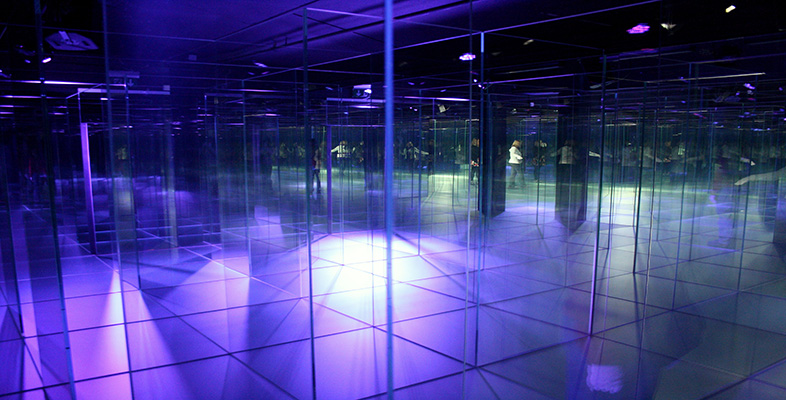9 Part 2: 5 Exploring complexity
9.1 Making sense of complexity
This section is about finding ways of thinking about complex situations – making sense of complexity. This is a process of discovery. It involves thinking about complexity in an orderly way that allows you to enter a deeper understanding of the complexity. It goes beyond immersion in, and representation of, complexity.
The invitation I am making in this section is to move into the possibility of structuring complexity. Notice I am not suggesting there is structure in the complexity I can discover. Rather, it is about discovering ways of structuring the complexity in ways that make sense to you. By structuring the complexity, I can think more effectively about it and possibly discover ways of improving the situation.
To discover ways of thinking about the complexity in the case-study situation, I am going to use systems diagrams. If you have used systems diagrams before, this is a useful opportunity to revise and hone your skills. If you have not encountered systems diagrams before you will need to spend rather longer on the case-study exercises. In either case, time spent studying OpenLearn unit T552_1 Systems diagramming will be a good investment. The whole unit makes extensive use of diagrams and, unless you become skilled in using them, you will miss out in important ways.
You may have already noticed the situation described in the case study has already been ordered. Completely unstructured, it would have been impossible to understand. The case-study author chose to describe the situation by ordering events chronologically. Thus, although she is describing a present mess, she does so by ordering events that led to the present situation, and describes the features of the complexity in the order they occurred. In some ways, the history of the situation could be said to inhere in the current situation and histories can be a powerful way of understanding complexity. Histories throw useful light on situations where a multiplicity of interpretations can be imposed. You will see examples of this later in this unit where histories and the related idea of tradition are used to explore some of the central concepts of the course. In the next few sections, I will use the idea of history as a starting point for structuring the case-study situation.
